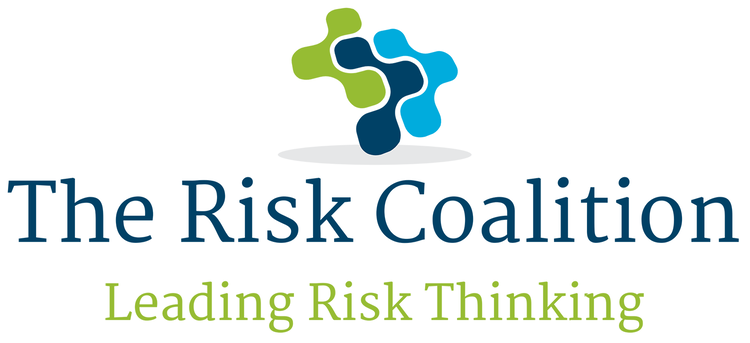Imagine a company where risk management activities are suddenly abandoned, and decision-makers don’t notice.
Nothing changes except that management has more time because the yearly discussion of the risk report is left out. A nightmare or bitter reality in some companies?
Remember, risk management's single purpose is increasing decision quality. Everything else is a means to this end and does not create value. Yet, companies overwhelmingly spend money and time implementing risk norms and frameworks such as ISO 31000 and COSO ERM. Their focus is often on risk identification, analysis, and risk reporting. These risk process activities do not create value for decision-makers as nothing has been managed yet, and no decision has been made better.
Decision-makers apply practices to identify, assess, and mitigate uncertainty when decisions are made (not before, not after), even if they do not call it ‘risk management’. However, planning, deciding, evaluating options, performing performance reviews, or monitoring strategic initiatives is risk management. It might sound paradoxical that executives are unaware of ‘doing’ risk management, and risk managers are paid for creating many artifacts decision-makers don’t care about. This is not an optimal situation.
For example, strategic alternatives present uncertainties that must be evaluated and measured against each other to prioritise and rank them. Thus, sound risk management is the degree to which decision-makers understand the risks attached to possible outcomes of the company’s strategy before(!) they make decisions. There is an intertwined relationship between risk management and decision-making. However, by sticking to risk management frameworks and norms, companies create expensive ERM-artefacts that most decision-makers wouldn’t miss if dropped.
Even though this risk management in decision-making sounds compelling, it might conflict with the company’s mindset because it is viewed as a constraint on profit and success. This is not surprising, as traditional risk management is still about ‘what can go wrong’ instead of embracing uncertainty as the key ingredient of success.
Here is my advice for your next risk workshop (there will be one; I am confident). Kick it off by asking executives: “What makes a good decision?” You will be surprised by the silence spreading across the room. Then, you may start talking about the criteria of decision quality. Link it to risk management (honestly, almost all requirements of decision quality can and must be linked to risk management). Et voilà: The start of a fruitful journey to more relevant risk management is (probably) done.
Too simple to be good?
Stefan Hunziker is Professor of Risk Management at Institut für Finanzdienstleistungen Zug IFZ, Lucerne University of Applied Sciences and Arts and an advisory board member at SWISS GRC

